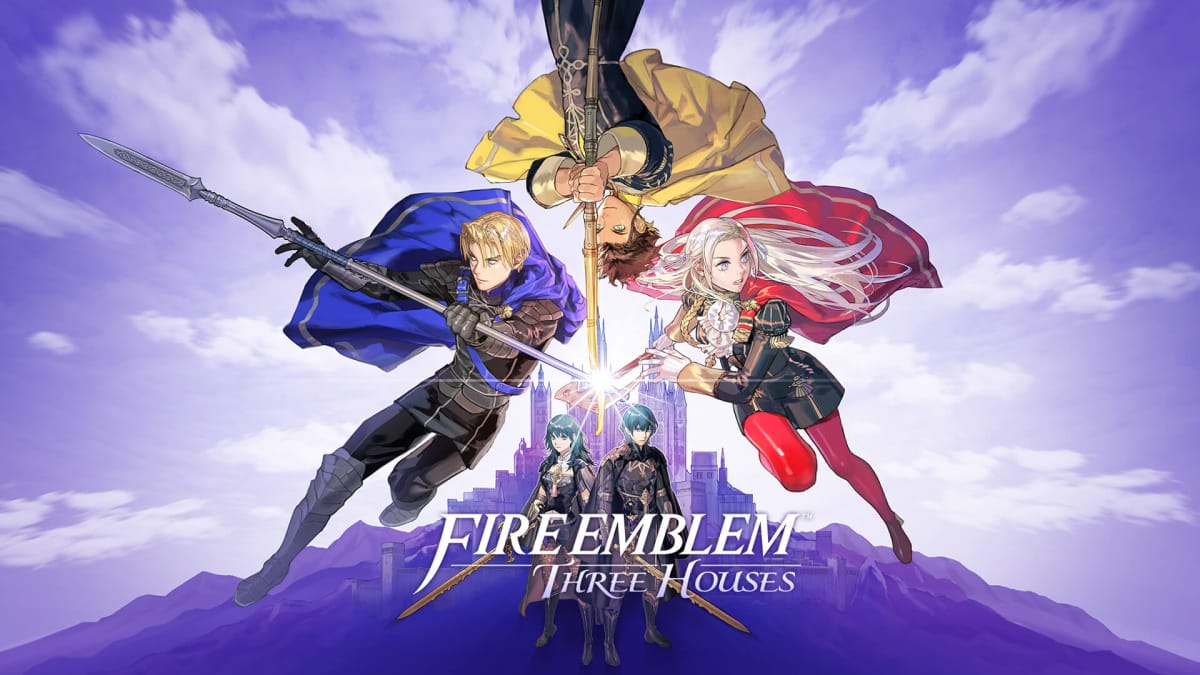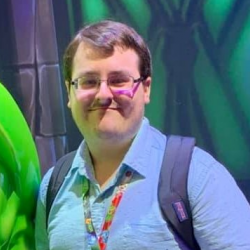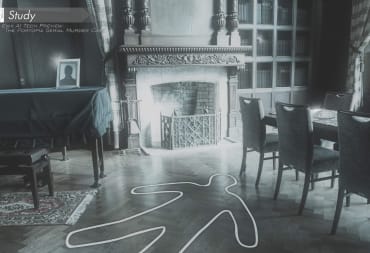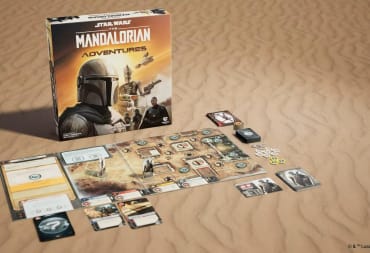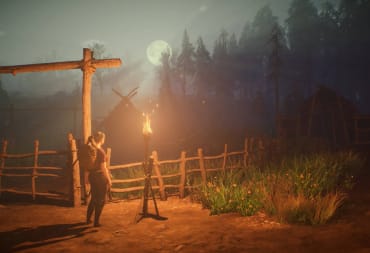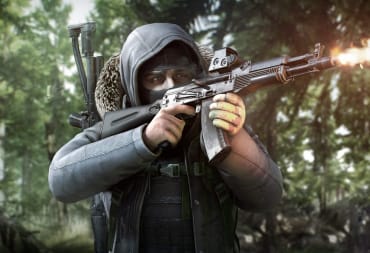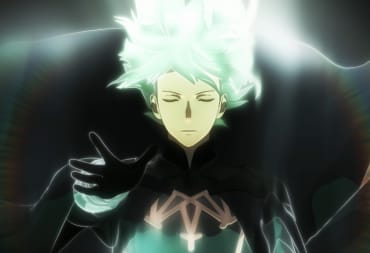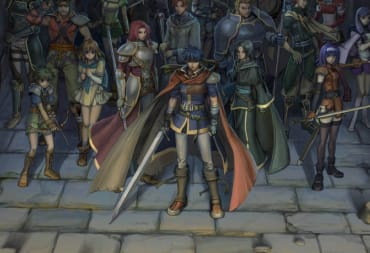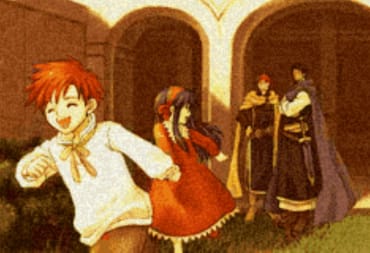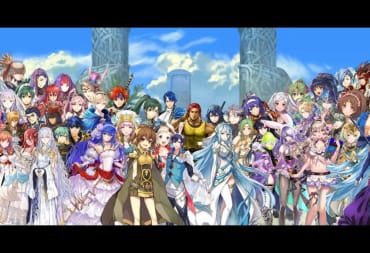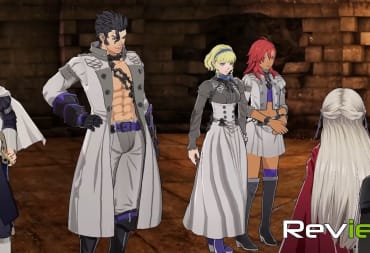Welcome to the final part of this four-part series on the history of Fire Emblem. With a half-dozen titles celebrating milestone anniversaries this spring, we at TechRaptor will elucidate on how the series has developed from its days on the Famicom. After the launch of the first Japan-exclusive Fire Emblem title in many years and with dwindling popularity in the West, Intelligent Systems decided to give it their all with one more game. The reception would determine the fate for the rest of the series.
This article includes some light spoilers for Three Houses.
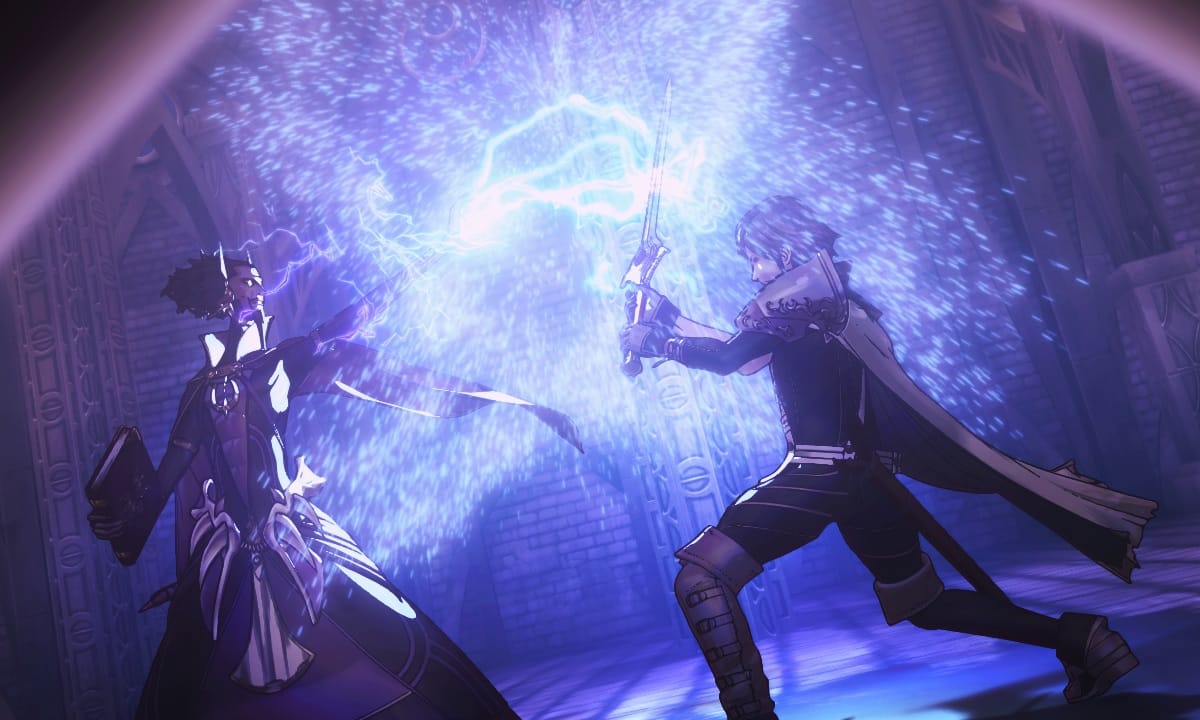
Fire Emblem: The 3DS Era
The Fire Emblem series and fantasy are two peas in a pod. You really can't have one without the other. When planning to create the next entry in the series, the team had other ideas. To throw Fire Emblem into a sci-fi setting would be lunacy, yet Intelligent Systems toyed with this just that. We could have had a Fire Emblem set on Mars, a prospect even former Nintendo President Satoru Iwata was perplexed by.
In an Iwata Asks interview in March 2012, Kouhei Maeda from Intelligent Systems stated, "One idea that came up within the team was, well, it was Mars," to which Iwata could only reply, "Mars?!" Thankfully, this didn't happen -- we got Fire Emblem: Awakening.
In some ways, Fire Emblem: Awakening was indeed set in the future. It takes place two thousand years after Marth's journey ends, although admittedly, technology only advanced a by a few hundred, if that. The story involved a new hero named Chrom, who is a descendant of Marth and the Prince of his own kingdom. Plenty of archetypes from past games made a return, like Jagen and mounted knights. It was in many ways a game that would pay homage to all the games that came before Awakening.
It's appropriate, then, that if this was the last Fire Emblem game (it was revealed in a later Iwata Asks that Awakening was make or break for the series), this should be the most robust entry yet. In the 2012 Iwata Asks interview, the solution was to include pretty much everything from previous games: player avatars, relationships and marriage, child units, dragons, everything. It was a gamble and possibly a recipe for disaster, but in the end, it certainly paid off.
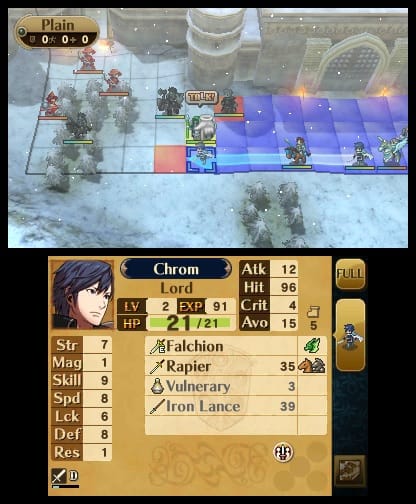
Fire Emblem: Awakening allowed players to create their own character to fight and develop throughout the game -- the default name is Robin, who you might notice from the Super Smash Bros. series. Robin, along with other units on the battlefield, could pair up and fight with each other, bond, and grow close. Support conversations would grant players the viewing of a series of small vignettes which could culminate in two characters getting married. Avatars like Robin wasn't a new concept to the series since this was first introduced in Fire Emblem: New Mystery of the Emblem; although, since that was Japan-only, one could say it was a fresh mechanic for the rest of the world. Support conversations and marriage were elements from other games as well. In particular, Fire Emblem: Genealogy of the Holy War prominently featured this mechanic.
We even saw the return of a few familiar faces. Tiki, the juvenile manakete first introduced in the first Fire Emblem, now appears as a grown woman two thousand years later. Priam, a character that could be downloaded after Awakening's release, is supposedly a descendant of Ike from the Tellius games, although the connection has never been confirmed. Armed with Ike's sword Ragnell and with similar physical traits, one has to wonder. Then there's Walhart, a major antagonist in Awakening. Irrefutable evidence tell us Alm is Walhart's ancestor, since Gaiden did indeed take place within the same timeline and world as Marth's.
Overall, Fire Emblem: Awakening saved the series. The launch was a bit rocky with supply issues right before launch, but that didn't stop Awakening from selling well beyond expectations. In Japan, where it launched a year prior in 2012, it saw incredible popularity, but the game's massive sales in the West assured that the series would come back.
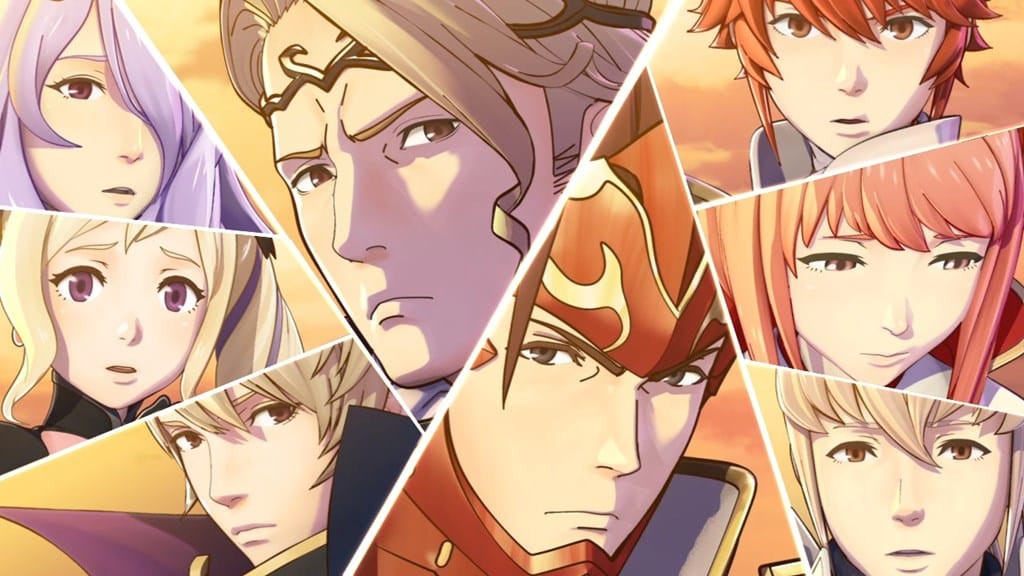
It didn't take too long for Fire Emblem to make a return with its newfound admiration. The next entry in the series would take the recipe that made Awakening so successful -- essentially all elements from previous games -- and create another new adventure. Or rather, adventures. Fire Emblem: Fates released in June 2015 for Japan and the following year for the rest of the world, and this time it took a Pokemon approach to things. Fates is three games under the same umbrella, split up into versions: Birthright, Conquest, and Revelation respectively.
The differences in all three games were actually quite significant. Fates had the same general narrative of two kingdoms at war against one another, with your avatar unit Corrin as the catalyst, but the fate of this war was determined based on the version you chose. Birthright followed the Japanese-inspired country Hoshido and its royalty, while Conquest followed the European-inspired country of Nohr. Players can only side with one or the other based on the version they have, but Revelation is a third route where your character takes a more neutral stance on the game's narrative conflict. Deciding to side with neither kingdom in order to find a resolution to the war, Revelation is essentially the "true" story to the game.
Interestingly, Birthright was catered toward beginner players of Fire Emblem and Conquest was much more difficult. This was in effort to cater to all different types of fans of the series, but it's hard not to think that this doesn't alienate some players from one narrative over the other. But, if there's one problem players had with Fates, it definitely was the story. Three different routes aside, the writing was all over the place, and your protagonist character, Corrin, was a complete fool to put it nicely. Corrin is essentially a pacifist, although they're taking part in a very brutal war, and you're supposed to believe that Corrin and their army are just knocking out enemy units and not actually killing them. It's a bit absurd, and that's really only touching on one of many narrative issues. Revelations' attempt to tie up all story threads created a jumbled, cringey mess and is seen as the worst version of the three.
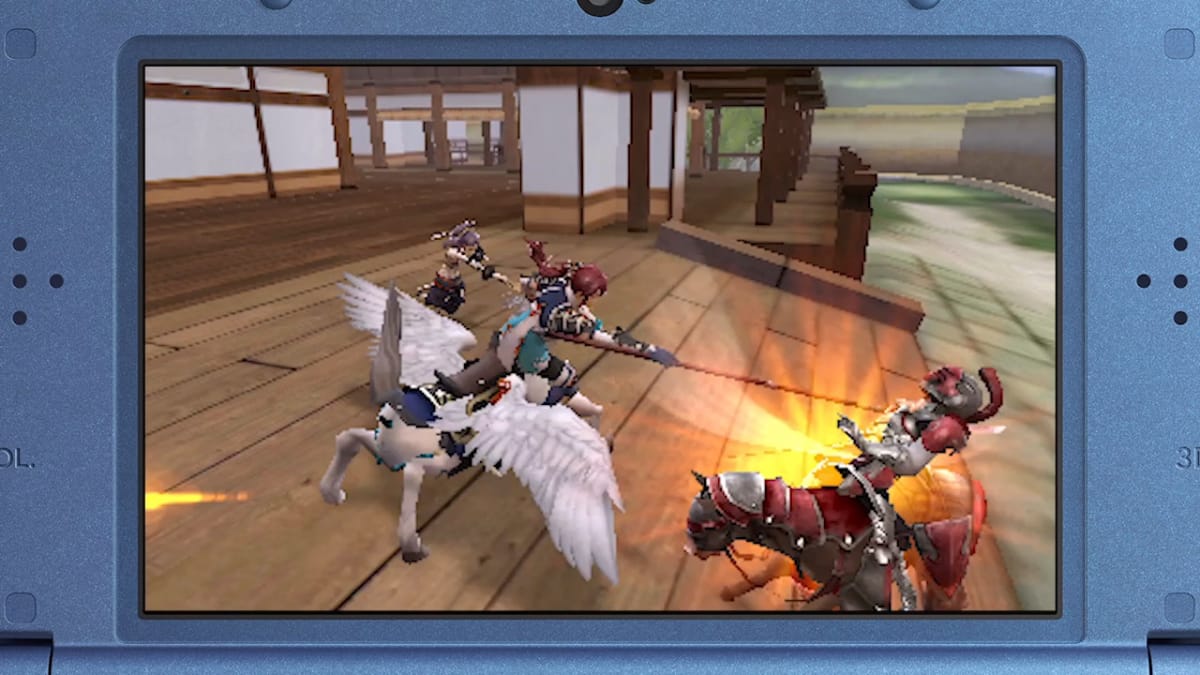
Regardless, to get the full narrative of each route, you had to buy one version for full price and the other two as DLC which was discounted. It was a concept that some players weren't too keen on, but it didn't stop Fates from selling extremely well in Japan and elsewhere, once again confirming the series' place in fans' hearts across the globe.
The last of the 3DS entries came in 2017 for both Japan and the rest of the world. Confident with the performance of both Awakening and Fates, Fire Emblem Echoes: Shadow of Valentia was another remake for the series. As a remake for the black sheep of the Fire Emblem series -- Gaiden -- there were plenty of elements shared between the two. You commanded two different armies with Alm and Celica as main characters, and the story generally followed the same path. The map design also remained largely the same, although a negative to both is that sometimes Echoes' maps were too large and empty.
But as a remake from the ground up, there were plenty of new elements as well. It was the first in the series to feature full voice acting. It featured visual novel-like exploration through various locations like villages, and even some dungeon crawling elements -- players could take control of their character from a third-person perspective and explore caves and other areas. Ultimately, Echoes was received well critically but did not sell anywhere near as much as the previous two games. Thankfully, with the success of both Awakening and Fates, Fire Emblem was finally mainstream.
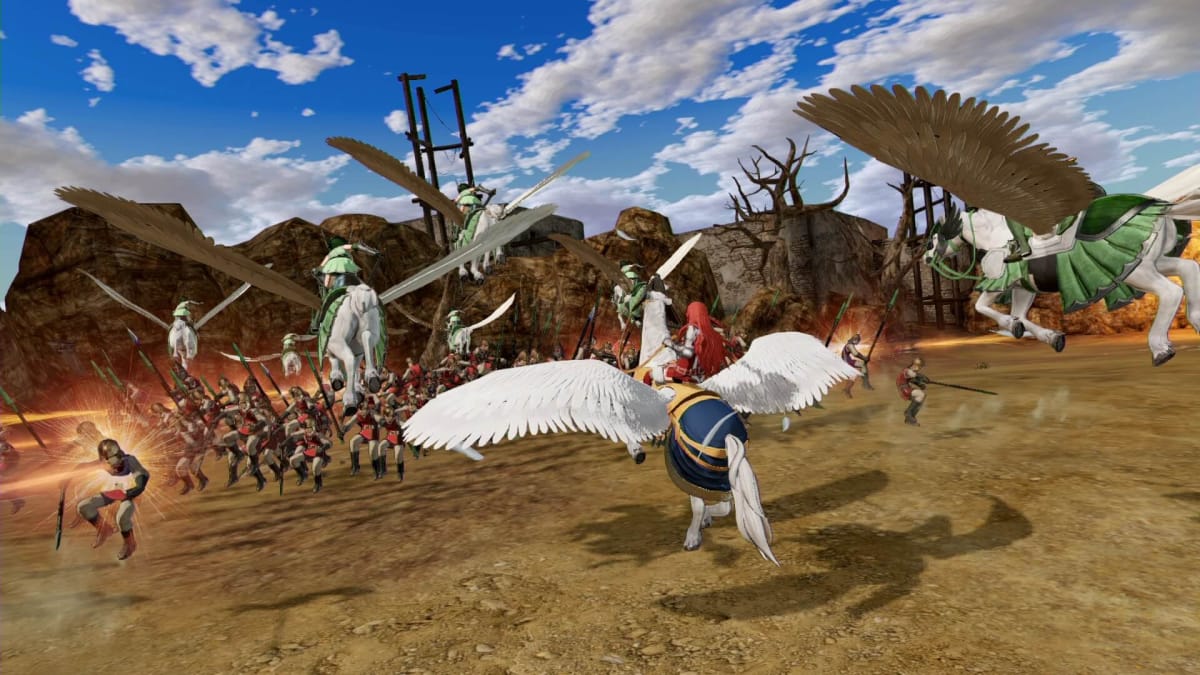
The Various Fire Emblem Spinoffs
With the newfound vigor for the Fire Emblem series, there were several spinoffs between 3DS entries leading up to the launch of Fire Emblem: Three Houses, which would come out on the Nintendo Switch. The long-teased crossover between Shin Megami Tensei and Fire Emblem was a puzzling collaboration, to say the least. What it turned out to be was a game that resembled Persona more than anything else, with some Fire Emblem elements here and there. It revolved around Japan's idol culture and featured Persona's signature dungeon crawling and storytelling. Fire Emblem characters such as Chrom and Tharja took the role of what were essentially Personas for our protagonists and granted our protagonists special powers to aid them in combat. It didn't sell very well, but somehow spawned a re-release on the Nintendo Switch in 2020, which also had subpar sales.
This next spin-off, which released in early 2017, is undeniably a cash cow for Nintendo. As mobile gaming became more and more popular and Nintendo tapping into that market, it was a matter of time until Fire Emblem came to phones as well. Fire Emblem Heroes launched with a solid foundation and only grew from there. It is currently undergoing its fifth anniversary event, showing no sign of stopping anytime soon. Just recently, it's been reported that the mobile game has accrued nearly a billion dollars, which shows just how popular mobile gaming is, but also how far Fire Emblem has come. Successfully managing to contain the deep strategy of mainline Fire Emblem titles on a small phone screen combined with gacha mechanics turns out to be a recipe for success. Historically, if a gacha game is successful, it brings in a lot of money, which is clearly the case with Heroes.
And of course, who could forget Fire Emblem Warriors? As it turns out, probably a lot of people -- until recently. Fire Emblem Warriors is a musou-style game created by the developers of Dynasty Warriors. We first saw this concept explored by Nintendo with Hyrule Warriors, and it was implemented well. It was only natural for Nintendo's other high fantasy series to get a musou spinoff. Fire Emblem Warriors was a fun take on the genre, implementing signature elements like the weapon triangle. It was technically the first Fire Emblem to launch on the Nintendo Switch, but very soon, players would get their hands on a brand new experience.
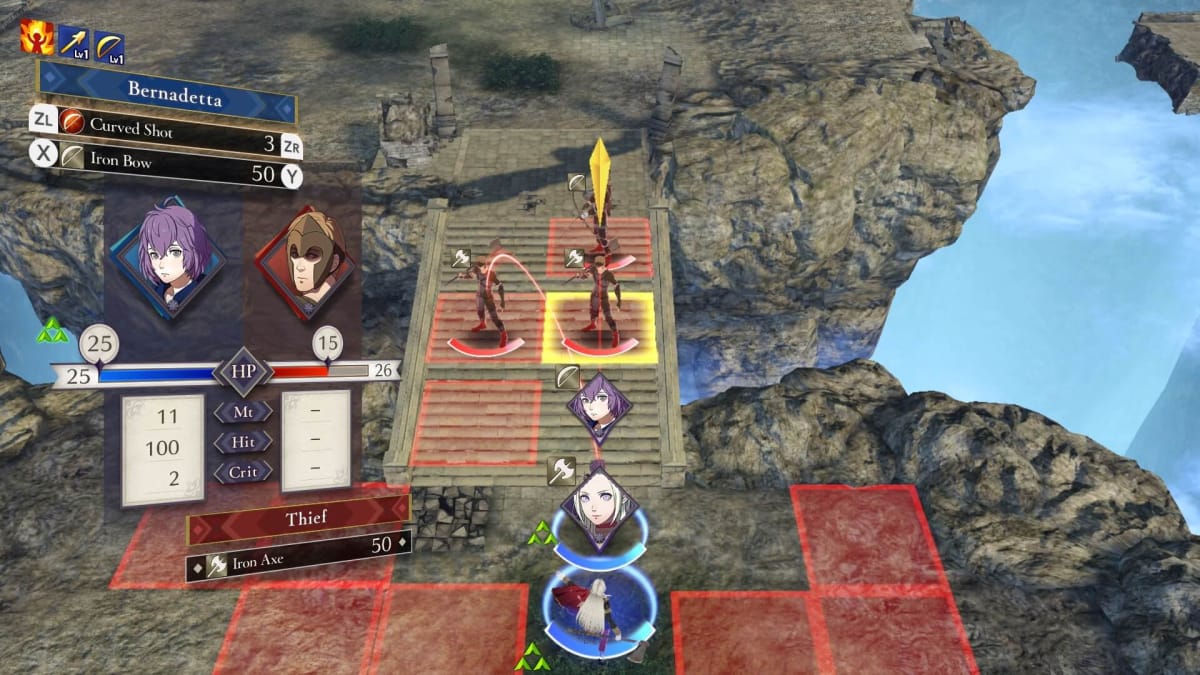
Fire Emblem: The Switch Era
Fire Emblem found its home on handheld for many years, though the series' origins always began on home consoles. And this particular entry would not only go on to become the top-selling game in the series but also become many fans' favorite. Fire Emblem: Three Houses launched globally in summer 2019 and exceeded all expectations, and was also developed primarily by Koei Tecmo with support from Intelligent Systems. What made Fire Emblem: Three Houses so great?
No doubt, the popularity of the Nintendo Switch platform played a part in the game's success, but overall, it was a game without many flaws. Its tone was darker and more serious than almost all other games, with exception to the SNES era of Fire Emblem titles. It was more mature and cut back on the overt fan service from the 3DS titles. It also implemented many fresh mechanics to reinvigorate the series.
You took the role of a mercenary, Byleth, who soon becomes a professor at Garreg Mach Monastery. There, the next generation of knights are trained to serve various kingdoms of the Fodlan continent. Early on, players choose a "house" to teach, each with unique students and storylines. Many saw similarities to the Harry Potter series and found that familiar and appealing. Your player character has to teach students and take into consideration an in-game calendar. Each month had several story events, but for most of the duration, it's up to Byleth to train up these students into usable units for the battlefield. There are many twists and turns along the way and a dark conspiracy begins to unfold.
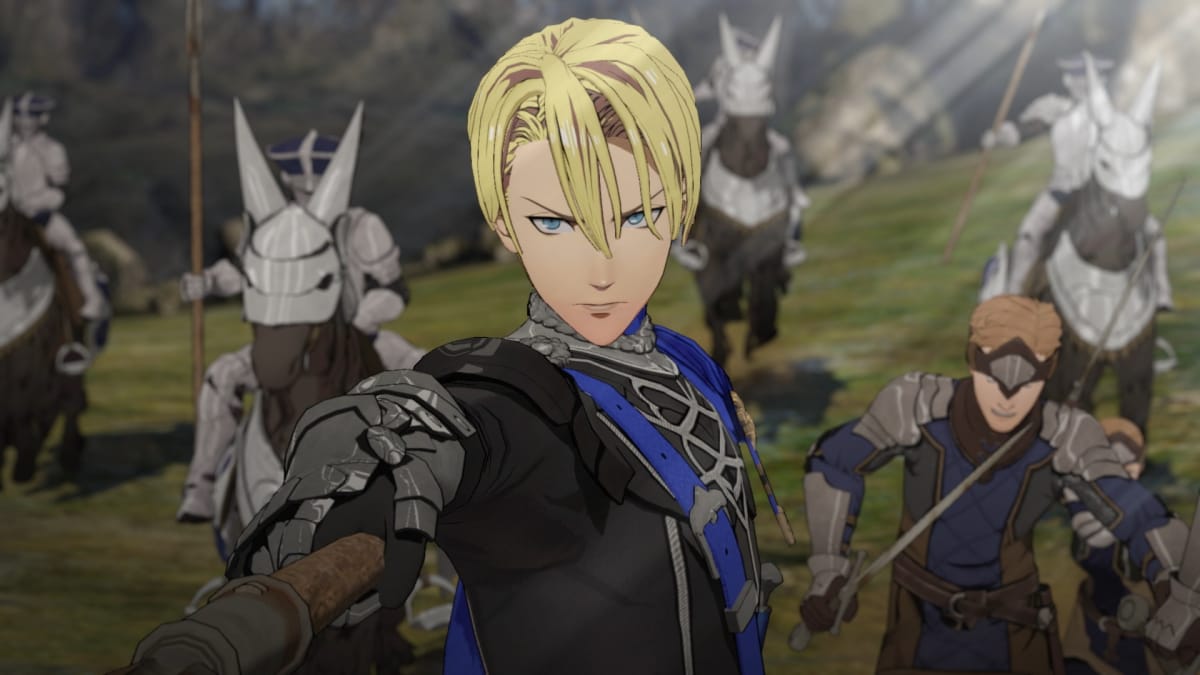
That's only the first half of this lengthy game. The second half includes an all-out war between the students you raised versus those of the other houses. The heads of these houses, Dimitri, Edelgard, and Claude are at odds with each other, and they all have different visions for the world they live in. It's a brutal story of war that doesn't hold back. The story was so impactful, it sparked debates online over which side had the moral high ground; in particular, fans of both Edelgard and Dimitri were at odds with each other. You could write essays for or against each side, which is something some fans went on to do.
It takes four different playthroughs to get the full Three Houses experience. The gaps from certain routes are filled when you play the other, and if players are dedicated to this game, they will learn the deep and surprising history crafted for Three Houses. And as outstanding as the story was, gameplay was just as good. The use of battalions allowed a contingent of soldiers to support units on the battlefield, adding to that feel of "war." New and fearsome enemies called beasts added a challenge to battles and tested players' tactical prowess. In general, the degree of freedom players had to approach combat situations felt incredible and fresh.
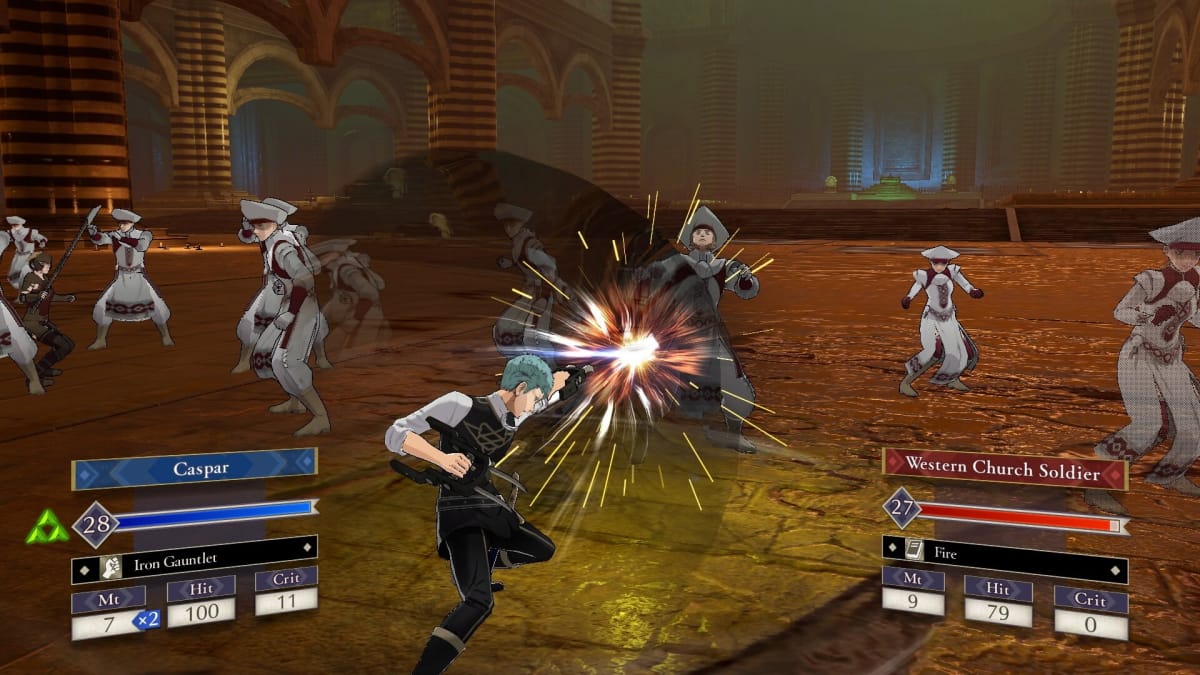
This title would go on to receive various updates and even a fairly substantial expansion with Cindered Shadows, adding even more lovable characters and new elements to the game. It was also quite a bit more difficult than the main game. While Three Houses had a few repetitive map objectives like "routing the enemy," Cindered Shadows incorporated some twists and turns to make things a bit more exciting.
Three Houses remains the latest Fire Emblem to release, although for the series' 30th anniversary, the very first Fire Emblem received an English official translation and port to the Nintendo Switch. For now, though, it's hard to say what's next for the series. There is no doubt that Nintendo and Intelligent Systems are cooking up something to match the scale and lofty heights Three Houses propelled the series to. Some speculate a remake for Genealogy of the Holy War, while others hope for another all-new entry. It's been three years since Three Houses, so it's only a matter of time. For now, we can celebrate the esteemed heritage of this long-running strategy series and admire how far it has come.
Did you miss our previous entries in this series? You can read Part 1, Part 2, and Part 3 to learn more about the past of Fire Emblem.
Have a tip, or want to point out something we missed? Leave a Comment or e-mail us at tips@techraptor.net
